An Investigation of Race Hazard Elimination in Digital Counter Circuits
DOI: 10.23977/jeeem.2025.080117 | Downloads: 3 | Views: 234
Author(s)
Mengzhe Liang 1
Affiliation(s)
1 Moorestown Friends School, 110 E Main St, Moorestown, NJ 08057, USA
Corresponding Author
Mengzhe LiangABSTRACT
Race hazards, which can lead to premature asynchronous resets or erroneous state transitions, occur when concurrent signals with different propagation delays arrive at the nodes of a combinational logic circuit. This paper investigates a modulo-13 counter centered on the SN74LS161N IC. A critical race hazard scenario is constructed in Multisim by intentionally introducing signal delays, and two common suppression strategies are evaluated: (1) connecting a parallel capacitor at the reset node to form an RC low-pass filter for analog pulse smoothing; and (2) using a 74ALS175M flip-flop to edge-register the outputs before the reset logic in a structured timing approach. Simulation results demonstrate that the RC filter significantly attenuates narrow pulses at low frequencies but introduces reset latency. In contrast, the registering method transforms sub-cycle instability into clean edge-sampling, trading a one-clock-cycle delay for enhanced robustness and scalability. This study provides a practical reference for the engineering implementation of race hazard elimination in counter circuits.
KEYWORDS
Race Condition; Logic Hazard; Modulo-13 Counter; Capacitor Filtering; 74ALS175M; MultisimCITE THIS PAPER
Mengzhe Liang, An Investigation of Race Hazard Elimination in Digital Counter Circuits. Journal of Electrotechnology, Electrical Engineering and Management (2025) Vol. 8: 141-149. DOI: http://dx.doi.org/10.23977/jeeem.2025.080117.
REFERENCES
[1] J. F. Wakerly, Digital Design: Principles and Practices, 4th ed. Upper Saddle River, NJ, USA: Prentice Hall, 2006.
[2] M. M. Mano and M. D. Ciletti, Digital Design, 5th ed. Upper Saddle River, NJ, USA: Pearson, 2013.
[3] C. H. Roth and L. L. Kinney, Fundamentals of Logic Design, 7th ed. Boston, MA, USA: Cengage Learning, 2014.
[4] Analog Devices, Inc., "How To Perform Accurate Measurement and Reduction of Glitch Impulse Energy in DACs," Technical Article, Sep. 2021. [Online]. Available: https://www.analog.com/en/resources/technical-articles/how-to-perform-accurate-measurement-and-reduction-of-glitch-impulse-energy-in-dacs.html
[5] Texas Instruments, Inc., "Metastable Response in 5-V Logic Circuits," Application Note SDYA006, 1997. [Online]. Available: https://www.ti.com/lit/pdf/sdya006
[6] Texas Instruments, Inc., "SN74LS161A Synchronous 4-Bit Binary Counters," Datasheet, Rev. 1998. [Online]. Available: https://www.ti.com/lit/gpn/SN74LS161A
[7] Texas Instruments, Inc., "SN74ALS175 Quadruple D-Type Positive-Edge-Triggered Flip-Flops With Clear," Datasheet, Rev. 1995. [Online]. Available: https://www.ti.com/product/SN74ALS175
| Downloads: | 5404 |
|---|---|
| Visits: | 274612 |
Sponsors, Associates, and Links
-
Power Systems Computation
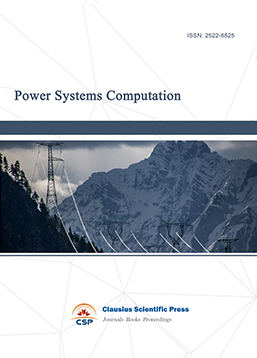
-
Internet of Things (IoT) and Engineering Applications
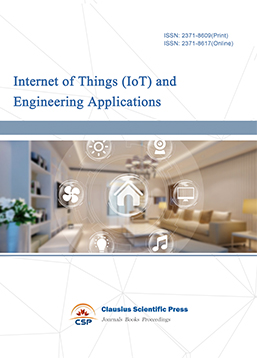
-
Computing, Performance and Communication Systems
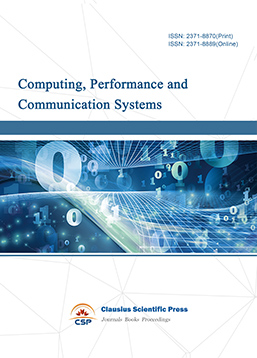
-
Journal of Artificial Intelligence Practice
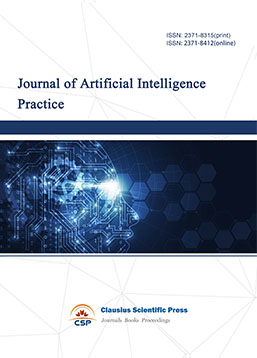
-
Advances in Computer, Signals and Systems
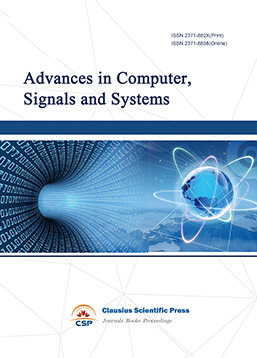
-
Journal of Network Computing and Applications
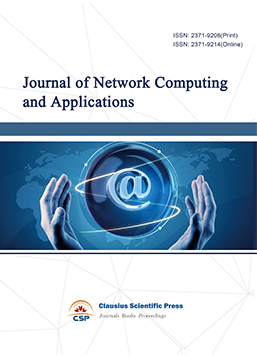
-
Journal of Web Systems and Applications
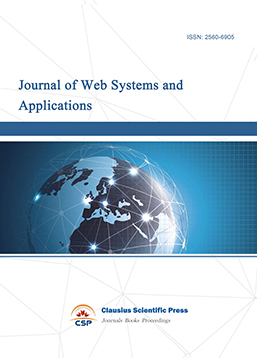
-
Journal of Wireless Sensors and Sensor Networks
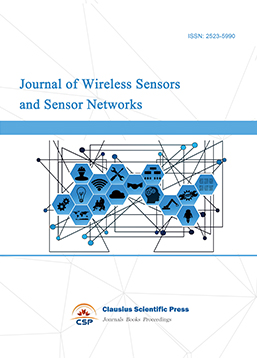
-
Journal of Image Processing Theory and Applications
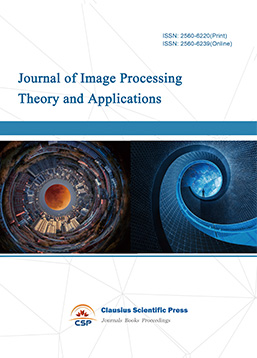
-
Mobile Computing and Networking

-
Vehicle Power and Propulsion
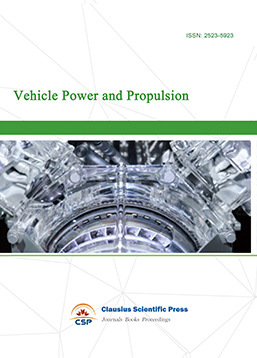
-
Frontiers in Computer Vision and Pattern Recognition
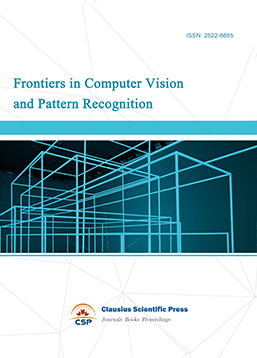
-
Knowledge Discovery and Data Mining Letters
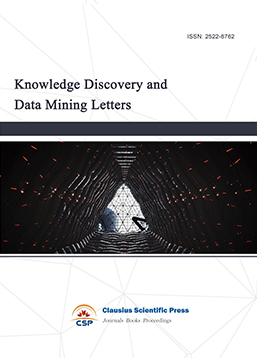
-
Big Data Analysis and Cloud Computing
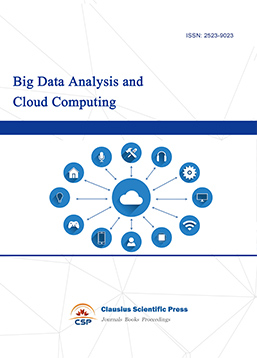
-
Electrical Insulation and Dielectrics
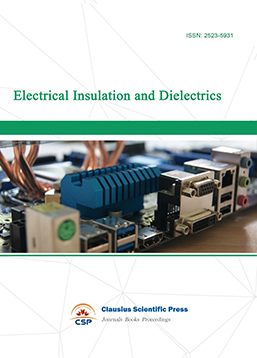
-
Crypto and Information Security
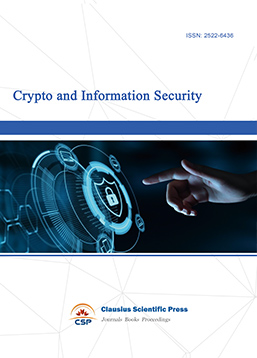
-
Journal of Neural Information Processing
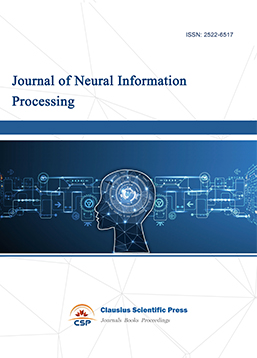
-
Collaborative and Social Computing

-
International Journal of Network and Communication Technology

-
File and Storage Technologies
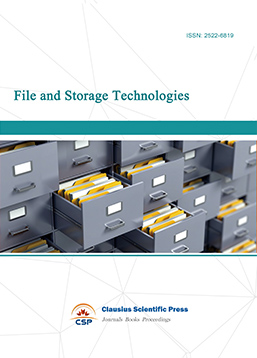
-
Frontiers in Genetic and Evolutionary Computation

-
Optical Network Design and Modeling
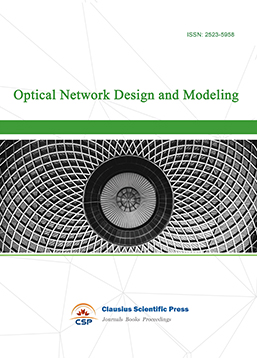
-
Journal of Virtual Reality and Artificial Intelligence

-
Natural Language Processing and Speech Recognition
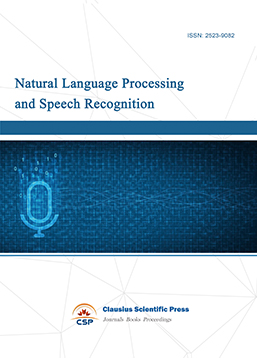
-
Journal of High-Voltage
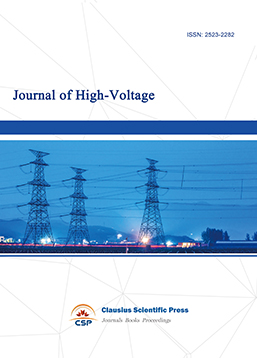
-
Programming Languages and Operating Systems
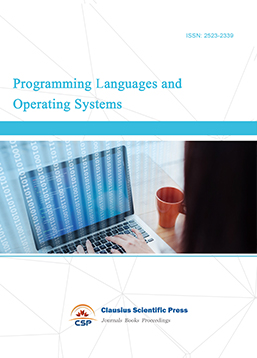
-
Visual Communications and Image Processing
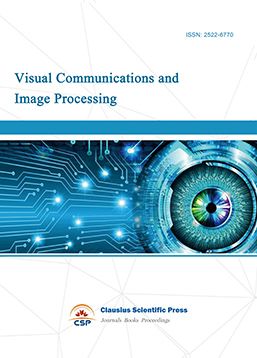
-
Journal of Systems Analysis and Integration
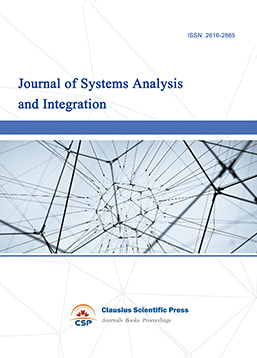
-
Knowledge Representation and Automated Reasoning
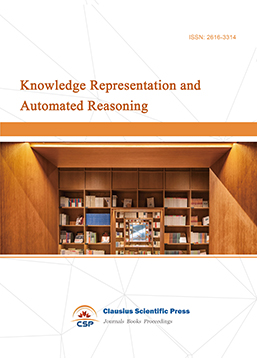
-
Review of Information Display Techniques
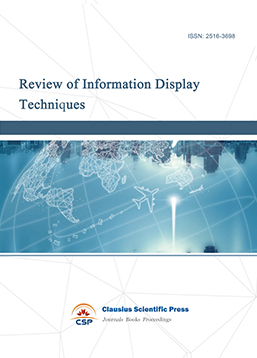
-
Data and Knowledge Engineering
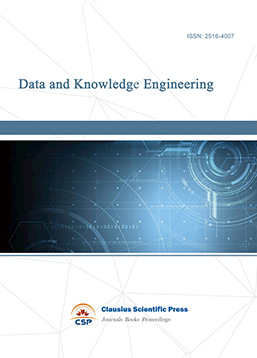
-
Journal of Database Systems
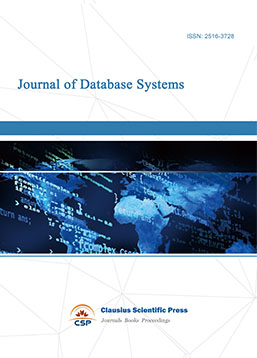
-
Journal of Cluster and Grid Computing
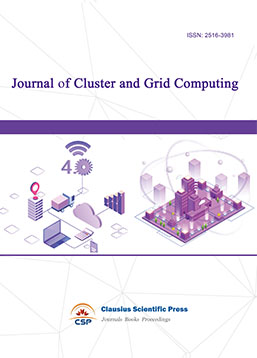
-
Cloud and Service-Oriented Computing

-
Journal of Networking, Architecture and Storage

-
Journal of Software Engineering and Metrics
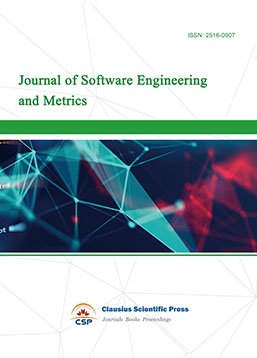
-
Visualization Techniques
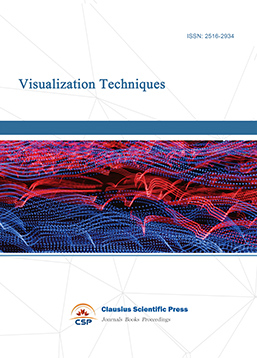
-
Journal of Parallel and Distributed Processing
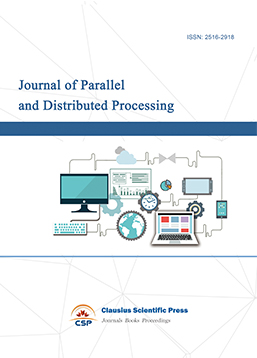
-
Journal of Modeling, Analysis and Simulation
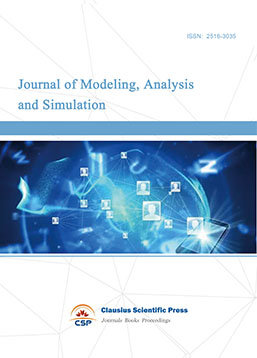
-
Journal of Privacy, Trust and Security
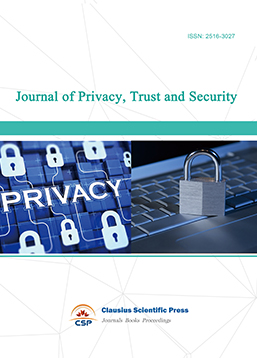
-
Journal of Cognitive Informatics and Cognitive Computing
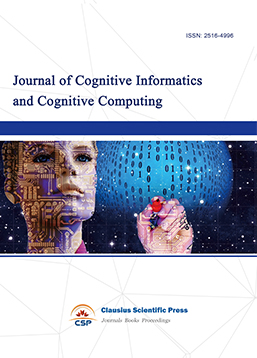
-
Lecture Notes on Wireless Networks and Communications
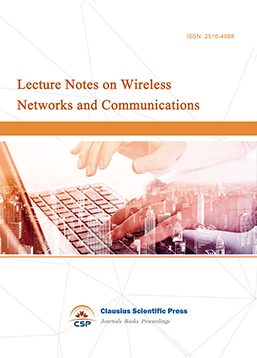
-
International Journal of Computer and Communications Security
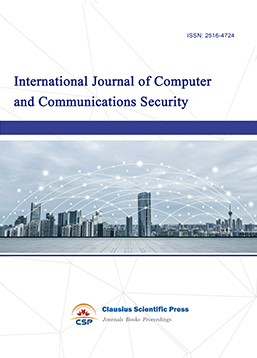
-
Journal of Multimedia Techniques
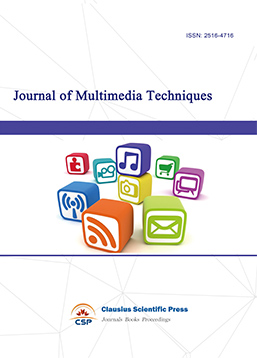
-
Automation and Machine Learning
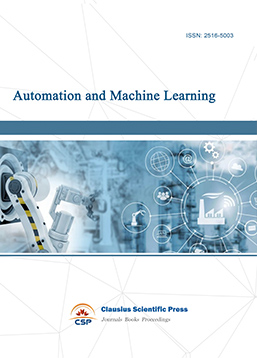
-
Computational Linguistics Letters
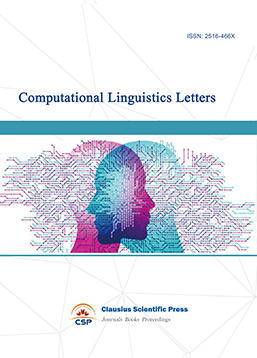
-
Journal of Computer Architecture and Design
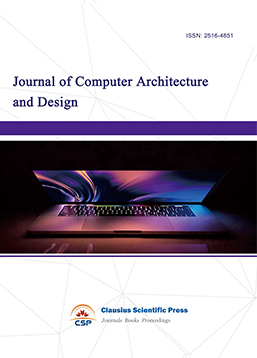
-
Journal of Ubiquitous and Future Networks


 Download as PDF
Download as PDF